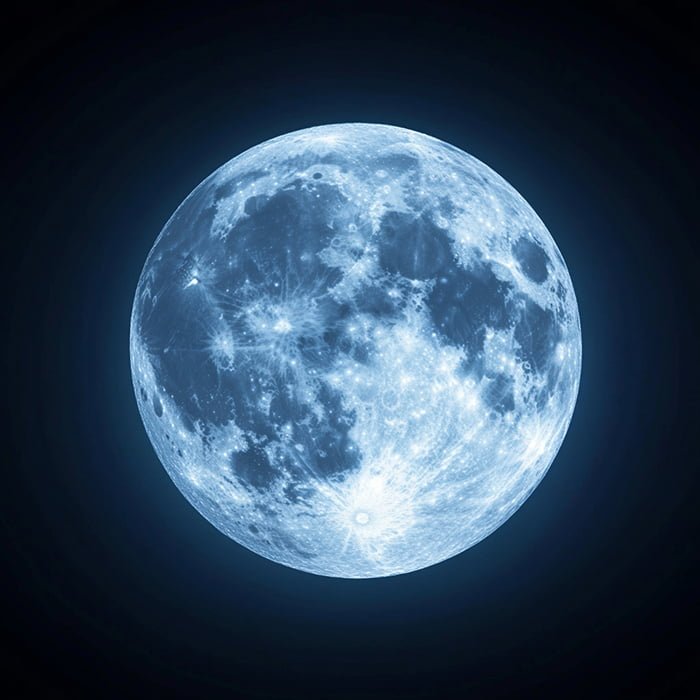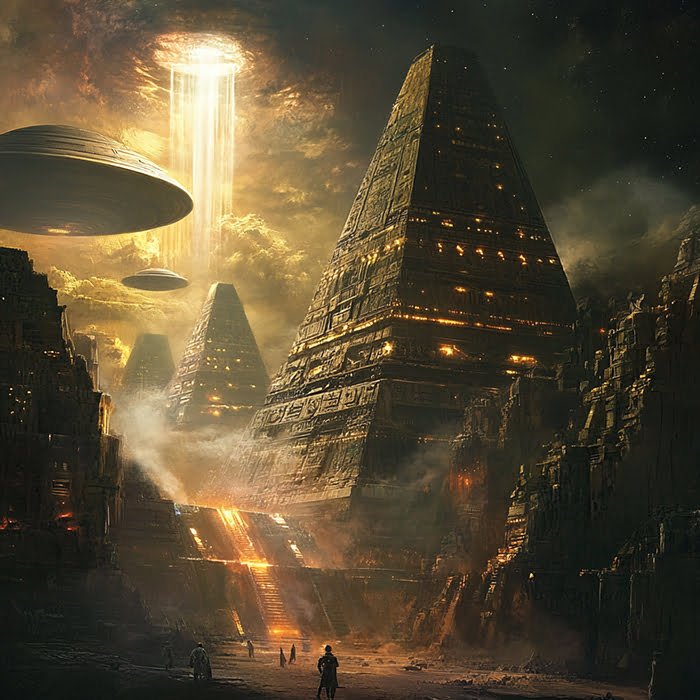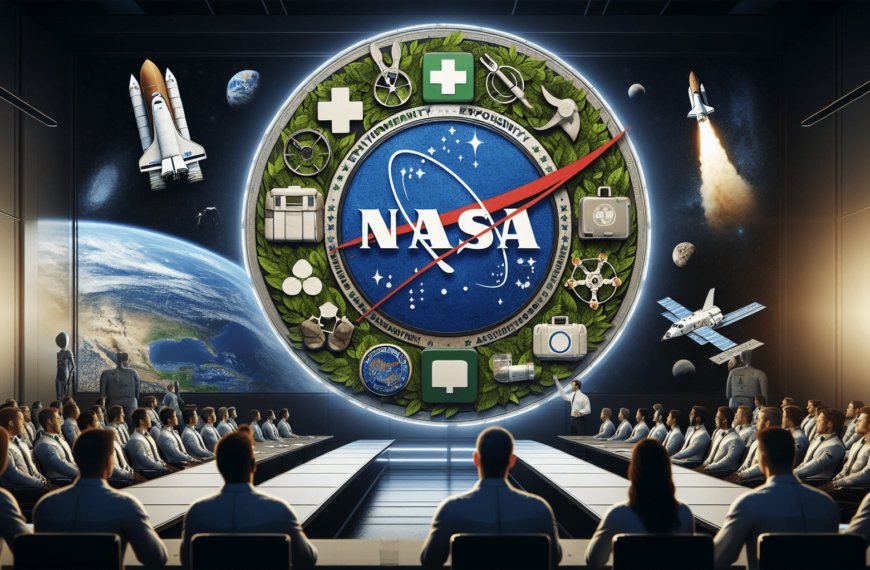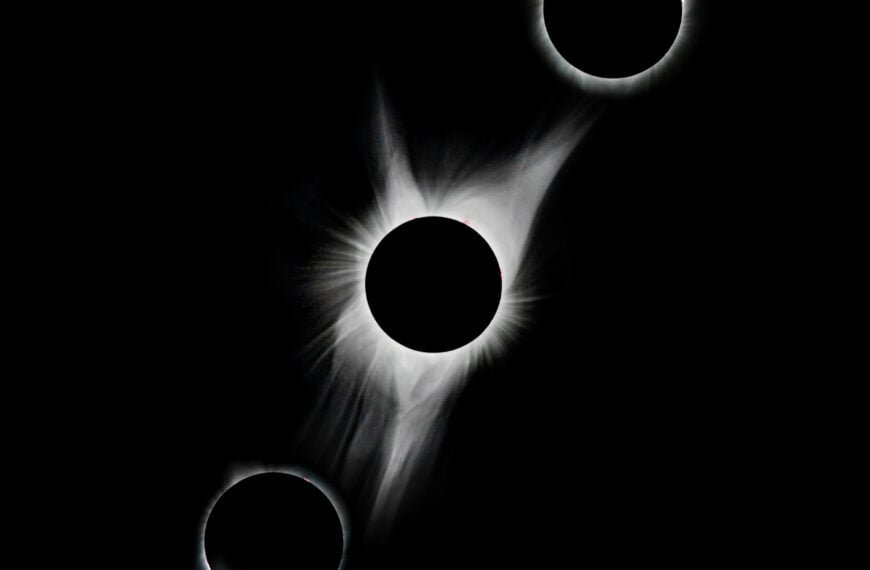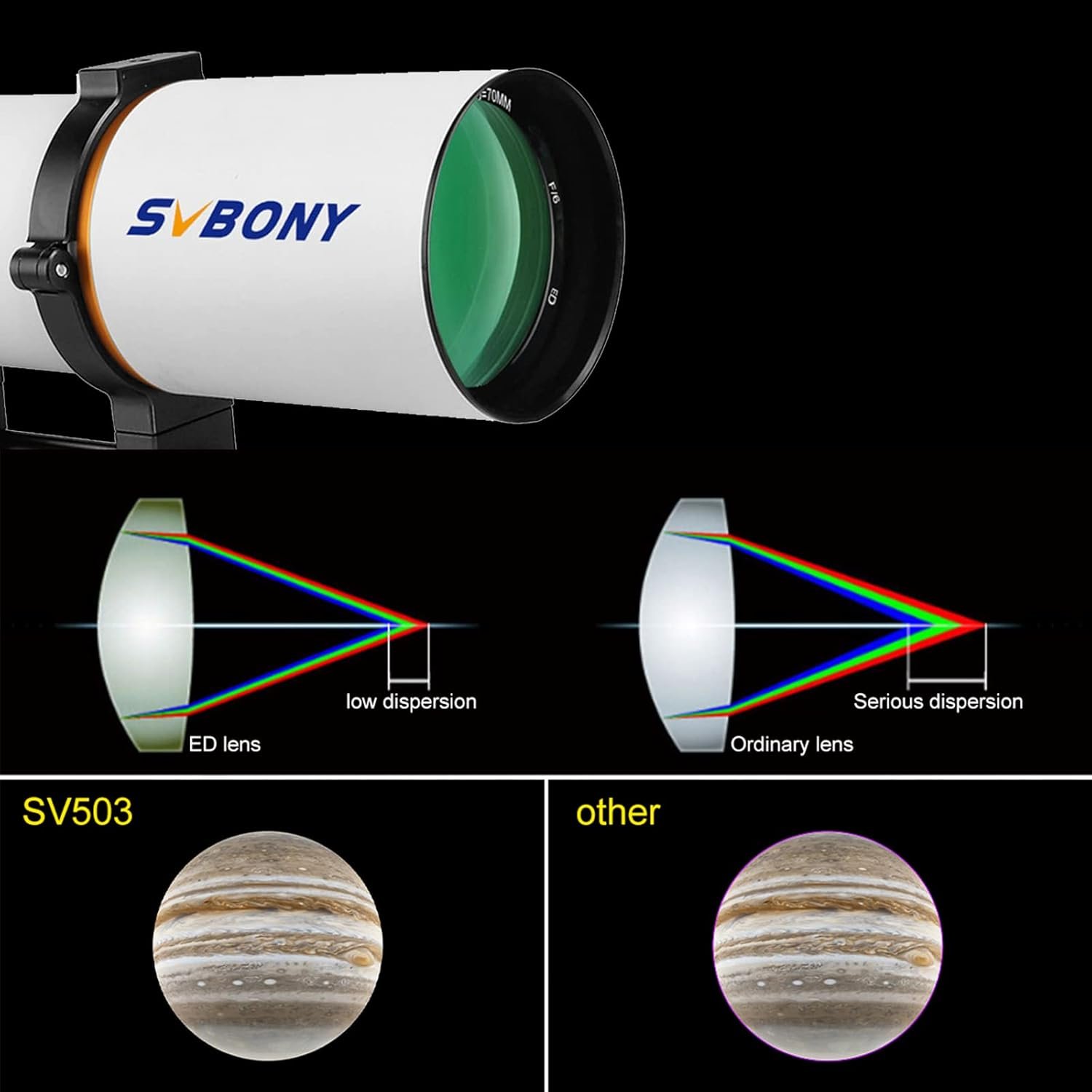In August 2024, sky enthusiasts are in for a remarkable treat as two lunar phenomena converge in a single month. The Moon, our celestial neighbor, will grace the night sky with a spectacular supermoon and a rare blue moon. This extraordinary alignment promises to captivate stargazers and casual observers alike, offering a unique opportunity to witness the beauty and wonder of our cosmic surroundings.
The Supermoon
When the Moon Appears Larger and Brighter
A supermoon occurs when a full moon coincides with the Moon’s closest approach to Earth in its elliptical orbit, known as perigee. This proximity makes the Moon appear up to 14% larger and 30% brighter than a regular full moon. The August 2024 supermoon will be the second of four consecutive supermoons, adding to the excitement of this celestial event.
The Science Behind Supermoons
- Supermoons are a result of the Moon’s elliptical orbit around Earth.
- At perigee, the Moon is about 225,623 miles (363,104 kilometers) away from Earth.
- The term “supermoon” was coined by astrologer Richard Nolle in 1979.
- Supermoons can influence Earth’s tides, causing slightly higher high tides and lower low tides.
Observing the Supermoon
- The supermoon will be visible to the naked eye, no special equipment needed.
- Find a location with a clear view of the horizon and minimal light pollution.
- The Moon will appear largest and brightest when it is near the horizon during moonrise or moonset.
- Photographers can capture stunning images of the supermoon using a tripod and long exposure settings.
The Blue Moon: A Rare Occurrence
A blue moon refers to the second full moon occurring within a single calendar month. This phenomenon is relatively rare, happening once every two to three years on average. The phrase “once in a blue moon” has become synonymous with infrequent events. Despite its name, a blue moon does not actually appear blue in color.
The Origin of the Term “Blue Moon”
- The term “blue moon” has evolved over time, with various interpretations.
- In the 1940s, Sky & Telescope magazine mistakenly defined it as the third full moon in a season with four full moons.
- The modern definition of a blue moon as the second full moon in a month became widely accepted in the late 1940s.
Significance of Blue Moons
- Blue moons have no direct astronomical significance but hold cultural and historical importance.
- Many cultures have associated full moons with specific names or characteristics based on seasonal changes.
- The combination of a supermoon and a blue moon in August 2024 adds an extra layer of rarity and excitement.
Lunar Eclipses and the Moon
While the August 2024 supermoon and blue moon alignment will not feature a lunar eclipse, it’s worth noting the Moon’s role in these celestial events.
- Lunar eclipses occur when the Earth’s shadow falls on the Moon, causing it to darken.
- Total lunar eclipses can give the Moon a reddish appearance, often referred to as a “blood moon.
- The next total lunar eclipse will occur on March 14, 2025, visible from parts of the Americas, Europe, Africa, and Asia.
The convergence of a supermoon and a blue moon in August 2024 presents a rare and awe-inspiring spectacle for sky watchers worldwide. As the Moon takes center stage, appearing larger, brighter, and gracing the night sky twice in a single month, it serves as a reminder of the endless wonders that exist beyond our planet. Take a moment to step outside, gaze up at the heavens, and marvel at the beauty of our celestial companion. Whether you’re a seasoned astronomer or simply appreciate the magic of the night sky, the August 2024 supermoon and blue moon alignment is an event not to be missed.

